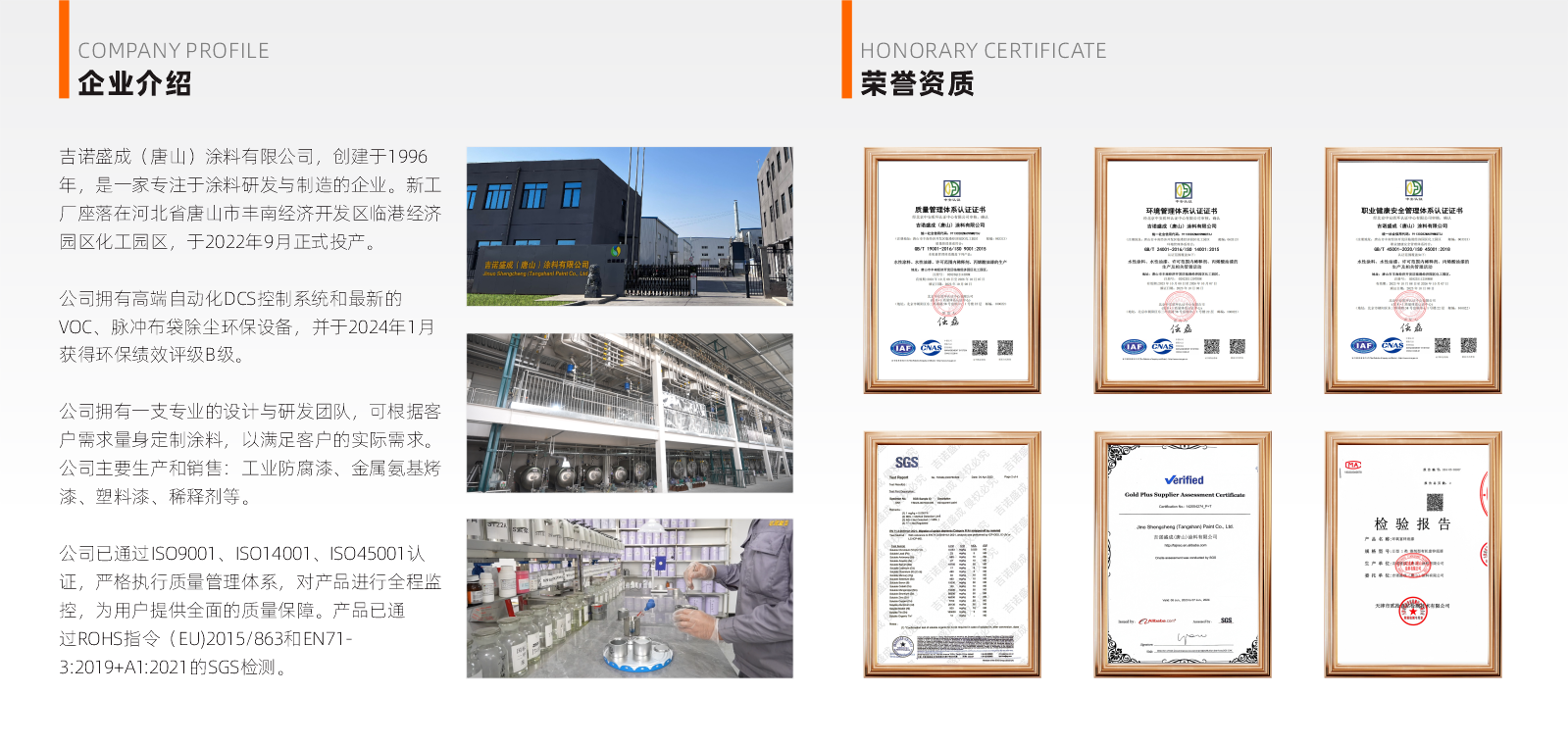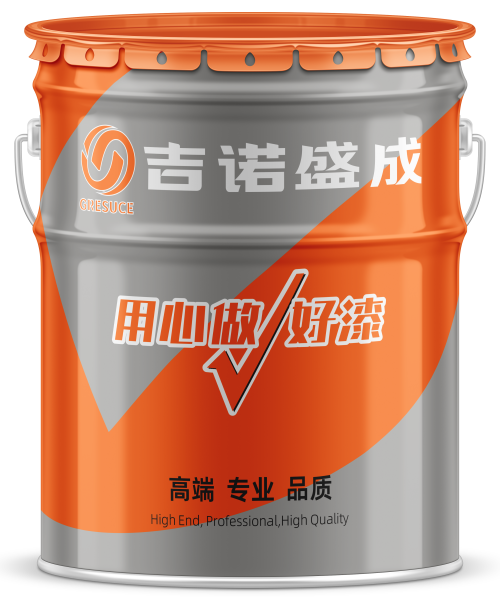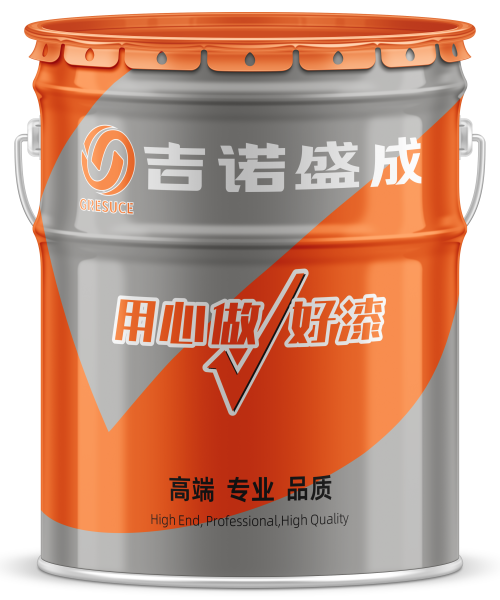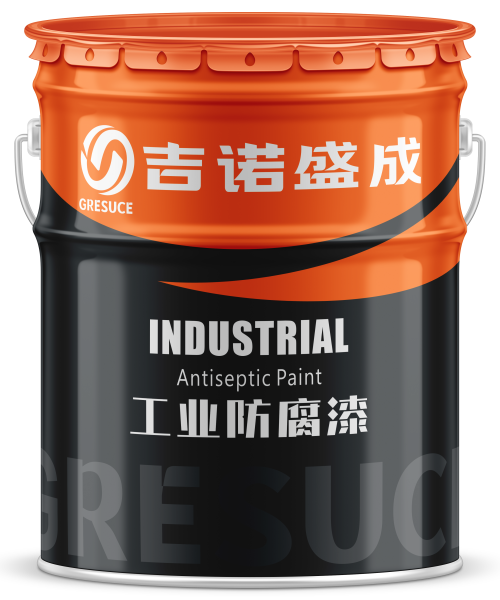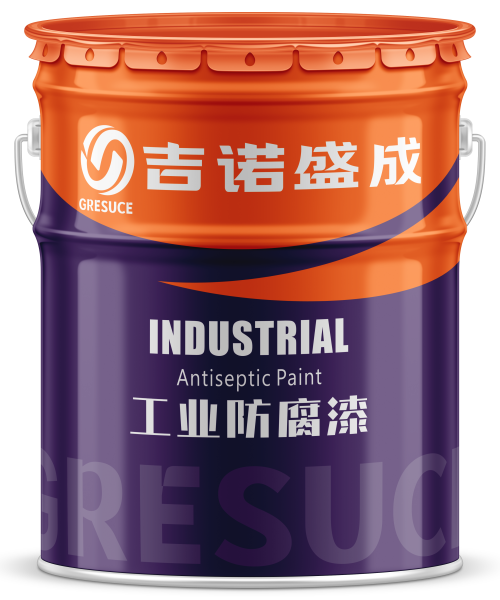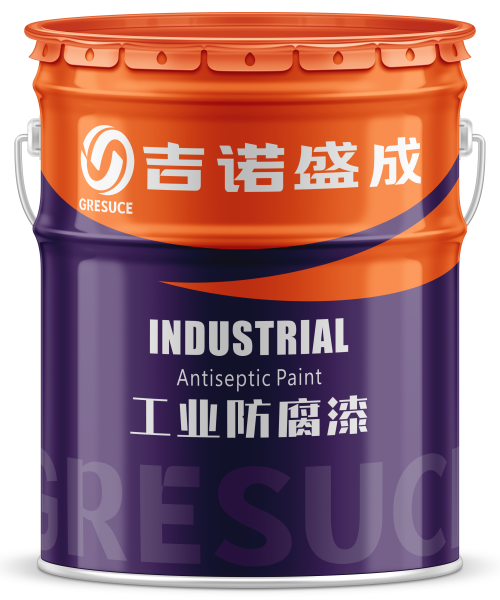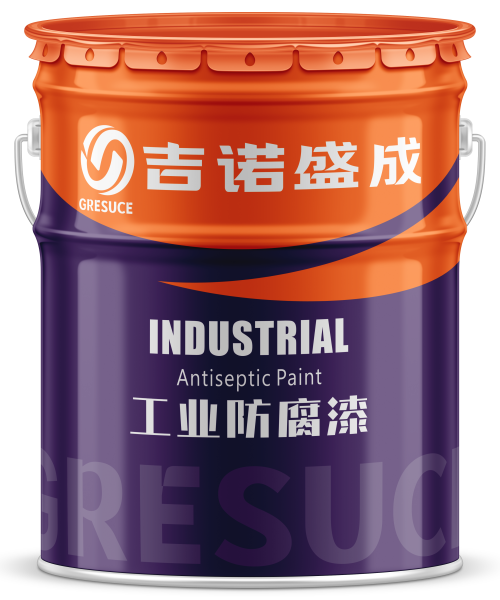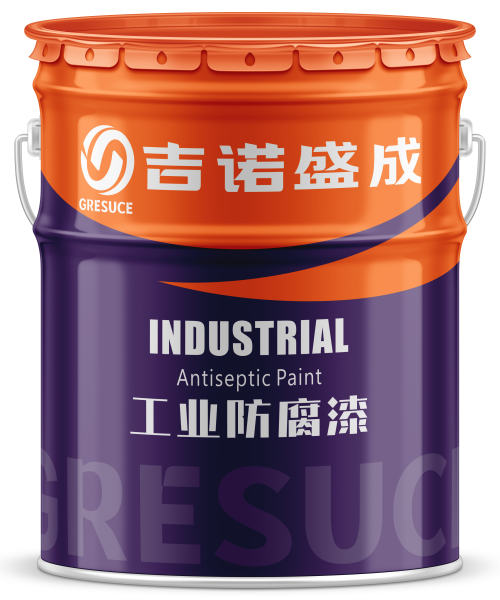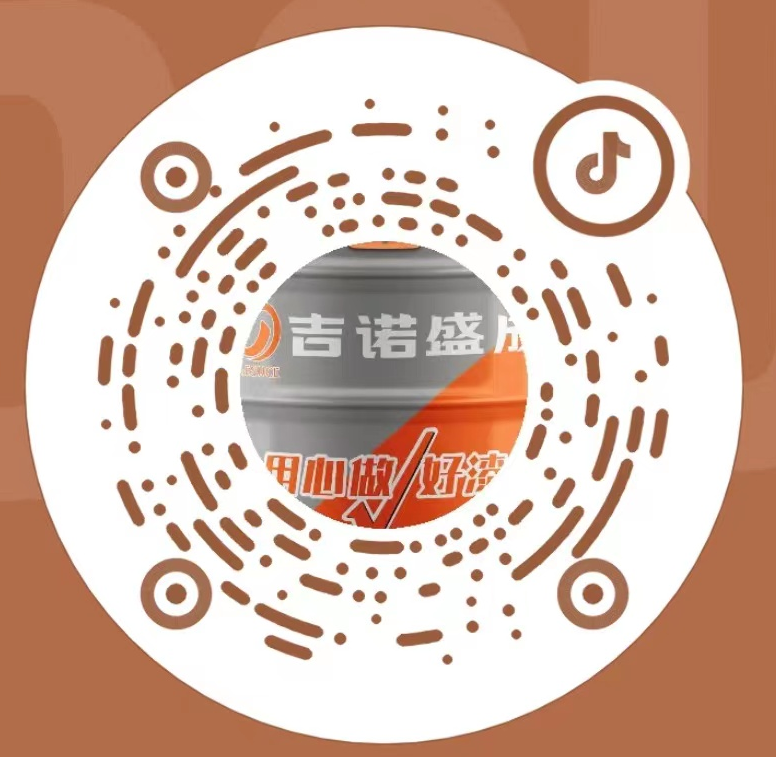The Impact of Substrate Preparation on Paint Coating
In the paint coating process, substrate preparation is a critical step that ensures the effectiveness and longevity of the coating.
The quality of substrate preparation directly affects the adhesion, anti-corrosion performance, and aesthetic appeal of the coating.
In routine anti-corrosion painting,High-Temperature Resistant Paint,Epoxy Zinc-Rich Primer,and Cold Galvanizing Paint all require the substrate to undergo sandblasting treatment.
One、Importance of Substrate Preparation
1. Improving Coating Adhesion
Untreated substrate surfaces often contain contaminants such as oxides, rust, and oil stains, which can hinder the bonding between the coating and the substrate, leading to poor adhesion.Proper surface treatment removes these impurities, making the substrate surface cleaner and rougher, thereby enhancing the adhesion of the coating.
2. Enhancing Anti-Corrosion Performance
Rust and oxides on the substrate surface can weaken the anti-corrosion performance of the coating.Methods like abrasive blasting (e.g., sandblasting) and grinding remove rust and oxides, allowing the coating to directly contact the substrate and effectively block corrosive agents.
3. Improving Coating Aesthetics
Substrate preparation ensures a smoother and more even surface, eliminating imperfections and irregularities.This results in a more uniform and visually appealing coating, which is especially important for decorative coatings with high aesthetic requirements.
Two、Methods of Substrate Preparation
1. Mechanical Treatment
Mechanical treatment includes methods such as grinding, polishing, and abrasive blasting, primarily used to remove rust, oxides, and old paint layers from the substrate surface.
- Grinding:Uses sandpaper or grinding tools to remove rust and oxides from the substrate surface, increasing surface roughness.
- Polishing:Uses polishing machines to smooth the substrate surface, suitable for coatings requiring high surface finish.
- Abrasive Blasting:Involves high-speed projection of abrasive particles to remove rust, oxides, and old paint layers while increasing surface roughness.
2. Chemical Treatment
Chemical treatment primarily includes pickling, phosphating, and degreasing, which are suitable for removing oil stains, rust, and oxides.
- Pickling:Uses acid solutions to clean the substrate, effectively removing rust and oxides. Commonly used for steel substrates.
- Phosphating:Treats the substrate surface with a phosphate solution to form a protective phosphate layer, enhancing coating adhesion and anti-corrosion performance.
- Degreasing:Uses organic solvents or alkaline solutions to remove oil stains and impurities from the substrate surface, ensuring a clean surface.
3. Physical Treatment
Physical treatment includes methods such as high-pressure water jetting and ultrasonic cleaning, which are suitable for removing surface oil stains and loose rust.
- High-Pressure Water Jetting: Uses high-pressure water streams to remove oil stains, rust, and old paint layers from the substrate surface.
- Ultrasonic Cleaning:Combines ultrasonic vibrations with cleaning solutions to remove oil stains and impurities from the substrate surface. Ideal for small, complex workpieces.
Three、Specific Impact of Substrate Preparation on Paint Coating
1. Adhesion
The quality of substrate preparation directly affects the adhesion of the coating. Improperly treated surfaces can lead to coating issues such as peeling, blistering, and cracking, compromising the durability and protective performance of the coating.Properly treated substrates with moderate surface roughness facilitate better penetration and curing of the paint, enhancing coating adhesion.
2. Anti-Corrosion Performance
Rust and oxides on the substrate surface weaken the coating's anti-corrosion performance, leading to substrate corrosion.Proper substrate preparation removes rust and oxides, allowing the paint to directly cover the metal surface and form an effective anti-corrosion barrier, extending the substrate's service life.
3. Coating Uniformity
The smoothness and cleanliness of the substrate surface directly impact the uniformity of the coating.Untreated surfaces may have uneven areas and contaminants, resulting in uneven coating thickness and noticeable color differences.Properly treated surfaces are smooth and even, ensuring a uniform coating and improving the overall finish.
4. Aesthetic Quality
The preparation of the substrate also significantly impacts the aesthetic quality of the coating. A smooth and clean substrate surface facilitates even application of the coating, reducing defects such as sagging and brush marks, thereby enhancing the decorative effect of the coating.
Four、Common Substrate Contaminants and Treatment Methods
1. Mill Scale
Mill scale, formed on low-carbon steel at high temperatures, has a loose and porous structure that is prone to flaking. It must be removed before painting using methods such as abrasive blasting or pickling to ensure effective paint adhesion.
Case Study: In a steel structure project, incomplete removal of mill scale before painting resulted in poor coating adhesion, leading to widespread peeling and rust during use. After re-blasting, coating adhesion improved significantly, and anti-corrosion performance was greatly enhanced.
2. Rust
Rust is a product of steel oxidation in the air. Loose rust can trap moisture and oxygen, causing further corrosion. Treatment methods include abrasive blasting, grinding, and chemical rust removal.
Case Study: In a ship hull repair project, incomplete rust removal led to rust spots and bubbles under the coating. After thorough blasting and repainting, rust issues were effectively prevented.
3. Oil and Grease
Workpieces may come into contact with various oils during manufacturing and processing, affecting paint adhesion. Common treatment methods include solvent wiping and alkaline cleaning.
Case Study: In a machinery manufacturing process, residual cutting oil and lubricants caused coating defects such as pinholes and poor adhesion. After solvent wiping and alkaline cleaning, the issue was resolved.
4. Old Coatings
Old coatings may exhibit fading, chalking, or cracking, affecting the adhesion and appearance of new coatings. Treatment typically involves mechanical methods like grinding or abrasive blasting, or the use of chemical strippers.
Case Study: In a steel structure renovation project, incomplete removal of old coatings caused issues like lifting and peeling of the new coating. After re-treatment and surface preparation, the quality and appearance of the new coating improved significantly
Fire、Conclusion
Surface preparation is a critical step in the paint coating process. Proper substrate treatment significantly enhances the adhesion, anti-corrosion performance, and aesthetic appeal of the coating, thereby extending its service life. Whether using mechanical, chemical, or physical treatment methods, the choice and execution should be tailored to the specific substrate conditions and coating requirements to ensure the quality and effectiveness of the coating project. The quality of substrate preparation has a decisive impact on the coating outcome and must be given full attention.
